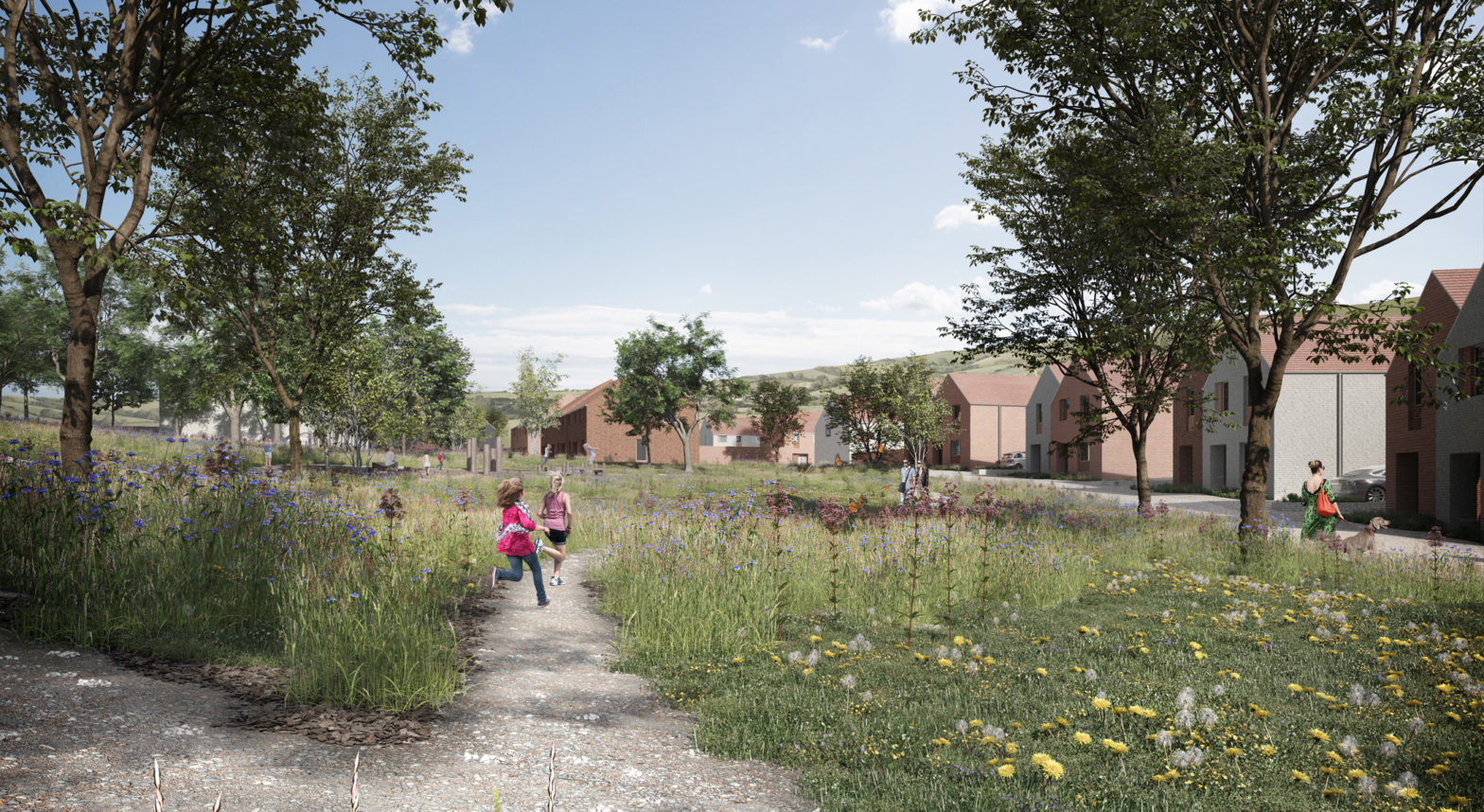
After years of tacking, it seems that the recent election result has put the wind back into the sails of our developer clients. This, along with the 2020/2025 building regulation changes and Britain’s Net Zero Carbon legislation, seems like a good opportunity to pause and reflect on the way housing development has been done, is being done, and will be done.
There is a sense that the environmental movement finally has the momentum to force wholesale change and that housebuilders are going to need to adapt their businesses, or risk being left with a portfolio that will be difficult to sell, insure, mortgage and maintain.
There is a still an immediate housing supply issue, but I can’t help but think that as people become more aware of running, insuring and retrofitting costs of inefficient housing stock, they will more and more drawn towards low-carbon, highly insulated and well-connected mixed-use development. We could even face a similar situation with energy-use as we have done with combustible cladding, where regulatory changes have rendered recently built homes un-mortgageable. To meet its 2050 Net Zero targets, the energy infrastructure of the UK will be moving from natural gas to low-carbon electricity – bad news for poorly-insulated homes that are reliant on gas boilers.
As well as increasing demand for low-carbon housing, the expansion of low-density suburban development will be curtailed. Planning policies will be expanding their focus on urban densification and brownfield sites centred around public transport infrastructure.
At site level, this will lead to a reduction in car ownership and mean that the space currently dedicated to roads, pavements and car parking can be put to more positive use: landscaped amenity, ecology, tree planting, greenspace, playspace, community use, cycle lanes etc.
Our housing project in Saltdean was a stepping-stone towards this carless utopia. While still accessed by road, residents park at the site entrance and walk to their front doors. With few dedicated roads, children have a safe, landscaped environment to play in and neighbourly interaction is facilitated – creating a community, not a dormitory.
This vision of the future is partially a picture of the past. A post-car, post-suburb, walkable, mixed-use future. A place where homes are grouped with workplaces, shops and amenities around landscaped areas, leaving space for nature to thrive.
It’s time for developers to consider the upcoming regulatory changes holistically; at the scale of neighbourhoods as well as buildings. The benefits are clear – future-proofed, desirable, dense and cost-effective housing – in a fast-changing market, who will take up the opportunity and who will get left behind?